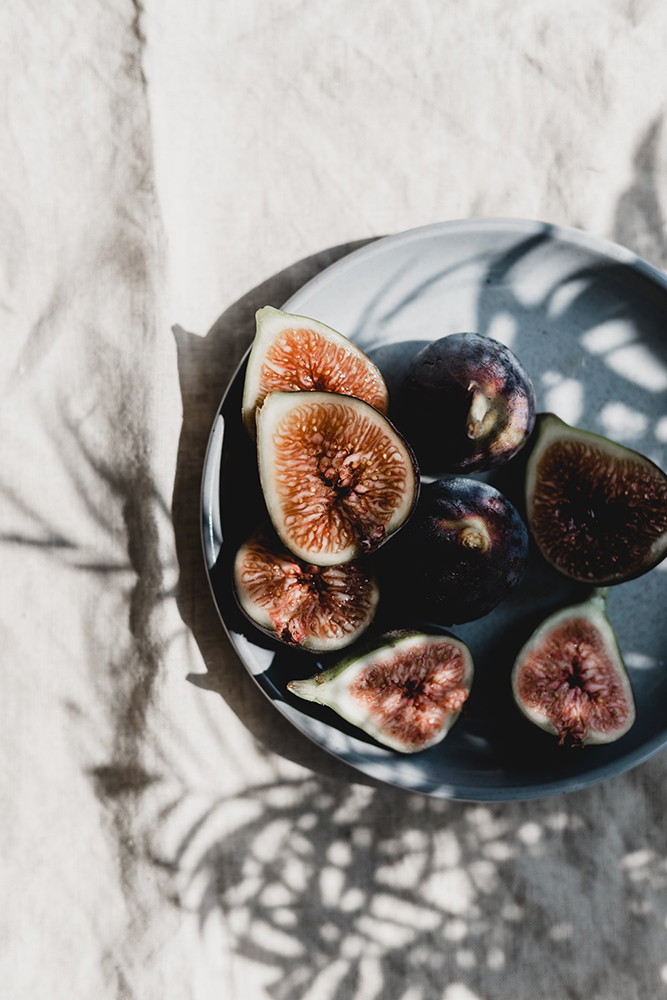


It’s that time of year again! If you’ve been following along for the past few years you may remember the Environmental Working Group (EWG) and their infamous Dirty Dozen and Clean Fifteen list. These lists help provide insight into what you should always buy organic and what you don’t need to worry about. Which is extremely helpful in creating and sticking to a budget.
“Nearly 70% of the fresh produce sold in the U.S. contains residues of potentially harmful chemical pesticides, according to EWG’s analysis of the latest test data from the federal Department of Agriculture. But the dirtiest produce commodity, according to the USDA’s Pesticide Data Program, is not a fresh fruit or vegetable but a dried one – raisins.” – EWG’s 2020 Shopper’s Guide to Pesticides in Produce™
Typically the EWG’s dirty dozen and clean fifteen features fresh fruits and vegetables but because the USDA tested raisins last year for the first time since 2007, the EWG decided to analyze raisins to see where they would rank. What they found was actually shocking. Almost every sample of non-organic raisins tested (99%) had residues of at least two pesticides. The EWG mentioned that “On the 2020 Dirty Dozen, raisins would rank worst of all fruits tested, including strawberries, nectarines, apples, and cherries, all of which had residues of two or more pesticides on at least 90 percent of samples.”
It’s also worth mentioning that kale ranks third on the 2020 Dirty Dozen list the same as it did last year. Though kale has become an extremely popular health food, the level and type of pesticide residue on kale have expanded dramatically. The pesticide that has been found in the USDA’s most recent tests is DCPA, which is sold under the brand Dacthal. The Environmental Protection Agency classifies DCPA as a possible human carcinogen, and in 2009 the European Union banned it. So without further adieu, here is the updated Dirty Dozen and Clean Fifteen lists for 2020.
Dirty Dozen (2020 Edition)
1.Strawberries
2.Spinach
3.Kale
4.Nectarines
5.Apples
6.Grapes
7.Peaches
8.Cherries
9.Pears
10.Tomatoes
11.Celery
12.Potatoes
Key Findings
1.More than 90% of strawberries, apples, cherries, spinach, nectarines, and kale test positive for residues of two or more pesticides.
2.Multiple samples of kale displayed 18 different pesticides.
3.Kale and spinach have 1.1 to 1.8 times as much pesticide residue by weight than any other crop tested.
Clean Fifteen (2020 Edition)
1.Avocados
2.Sweet Corn
3.Pineapple
4.Onions
5.Papaya
6.Frozen Sweet Peas
7.Eggplant
8.Asparagus
9.Cauliflower
10.Cantaloupe
11.Broccoli
12.Mushrooms
13.Cabbage
14.Honeydew Melon
15.Kiwi
Key Findings
1.Avocados and sweet corn were the cleanest fruits and vegetables. Fewer than 2% of the samples showed any detectable pesticides.
2.All items shared on the Clean Fifteen list tested positive for four or fewer pesticides excluding cabbage.
3.Nearly 70% of the Clean Fifteen fruit and vegetable samples had no pesticide residues.
4.7% of Clean Fifteen fruit and vegetable samples had two or more pesticides.
さて再びこのシリーズです! 過去数年間フォローしてくれている方々は、Environmental Working Group(EWG)と、その悪名高いDirty Dozen and Clean 15のリストを覚えていると思います。 これらのリストは、買い物をする際にオーガニックな物を意識的に購入すべきか、もしくは特に心配する必要がないものか、についての洞察を提供して、皆さんの生活の中で役立つ情報をご紹介しています。またこれは低予算を実現させるのにも非常に役立ちます。
「連邦農務省からの最新のテストデータを基にEWGの分析によると、米国で販売されている生鮮食品の約70%には、潜在的に有害な化学農薬の残留物が含まれています。 しかし、USDAの農薬データプログラムによると、最も汚れた農産物は新鮮な果物や野菜ではなく、乾燥したもの、つまりレーズンです。」 -EWGの2020ショッパー向け農産物農薬ガイド
通常、EWGのダーティダースとクリーン15は新鮮な果物と野菜を特徴としていますが、今回はUSDAが昨年レーズンを2007年以来初めてテストしたため、EWGはレーズンも今回分析してランク付けを行うことにしました。 彼らが見つけたものは実際に衝撃的でした。 テストされた非有機レーズンのほぼすべてのサンプル(99%)には、少なくとも2つの農薬が残留していました。 EWGは次のように述べています。「2020Dirty Dozenでは、レーズンはイチゴ、ネクタリン、リンゴ、チェリーなど、テストしたすべての果物の中で最悪の順位になるでしょう。 全てのサンプルの内、少なくとも90%に2つ以上の農薬が残留していました。」
ケールが2020 Dirty Dozenリストで3番目にランクされていることも言及する価値があります。ケールは非常に人気のある健康食品になっていますが、ケールに残留する農薬のレベルと種類は劇的に拡大しています。 USDAの最新のテストで見つかった農薬はDCPAで、Dacthalのブランドで販売されています。環境保護庁は、DCPAを人間の発ガン性物質として分類し、2009年に欧州連合はこれを禁止しました。 さて、これ以上おさらいせずに、2020年に更新されたダーティダースとクリーンフィフティーンのリストを示します。
汚染されたダース (2020年版)
1.イチゴ
2.ほうれん草
3.ケール
4.ネクタリン
5.りんご
6.ブドウ
7.桃
8.さくらんぼ
9.梨
10.トマト
11.セロリ
12.ジャガイモ
主な調査結果
1.イチゴ、リンゴ、サクランボ、ほうれん草、ネクタリン、ケールの90%以上が、2つ以上の農薬の残留物について陽性を示します。
2.ケールの複数のサンプルから18種類の農薬が検出されました。
3.ケールとホウレンソウは、試験した他のどの作物よりも重量で1.1〜1.8倍の残留農薬を持っています。
クリーンフィフティーン (2020年版)
1.アボカド
2.スイートコーン
3.パイナップル
4.タマネギ
5.パパイヤ
6.冷凍エンドウ豆
7.なす
8.アスパラガス
9.カリフラワー
10.カンタロープ
11.ブロッコリー
12.キノコ
13.キャベツ
14.ハニーデューメロン
15.キウイ
主な調査結果
1.アボカドとスイートコーンが最もきれいな果物と野菜でした。 検出可能な農薬が検出されたサンプルは2%未満でした。
2.Clean Fifteenリストで共有されているすべてのアイテムで、キャベツを除く4つ以下の農薬が陽性でした。
3.クリーン15の果物と野菜のサンプルの70%近くに残留農薬がありませんでした。
4.クリーン15の果物と野菜のサンプルの7%に2つ以上の農薬が含まれていました。